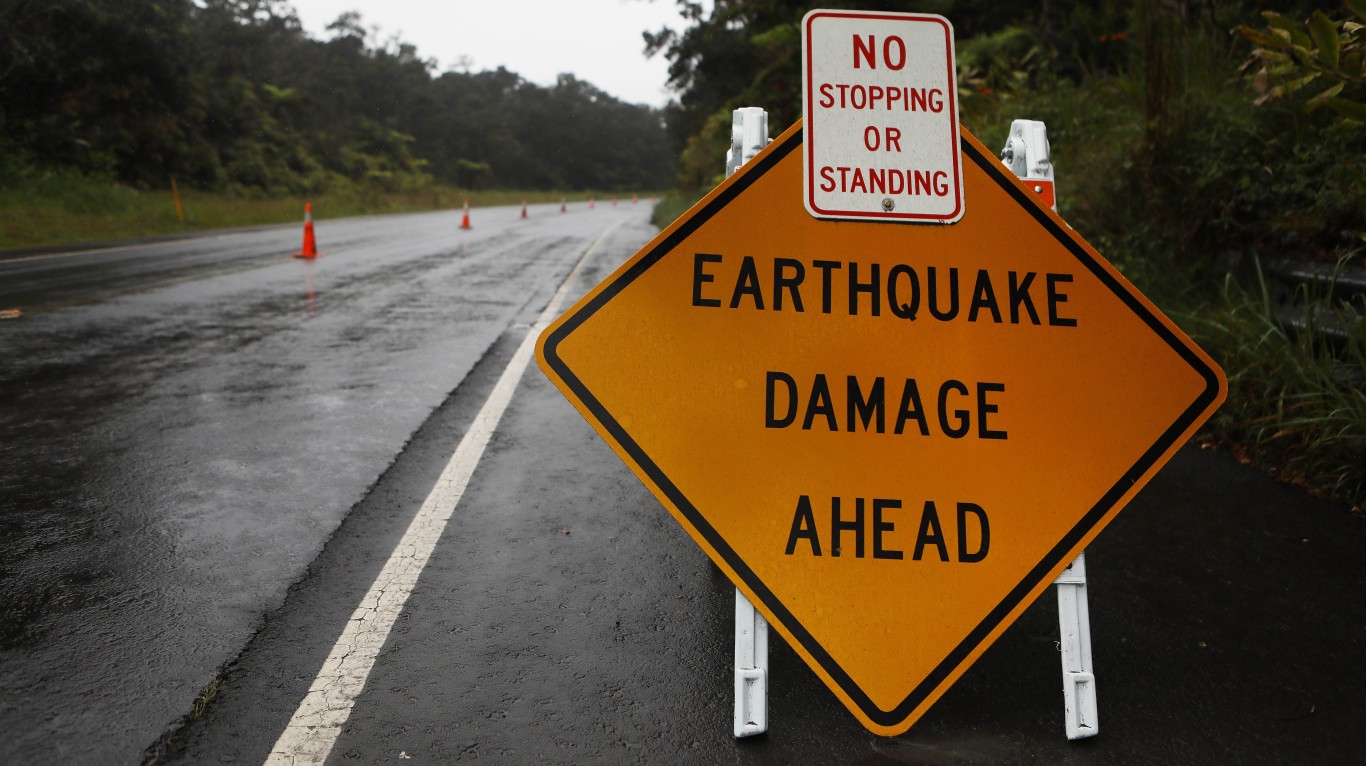California
Just two and a half years after gold was first discovered in California, the territory was added as the 31st U.S. state on September 9, 1850. With a current population of more than 39.5 million, California is the most populous state in the country and the third largest by area. The state ranks in the upper half of the best states to live in based on key measures like its unemployment rate, poverty rate and average life expectancy at birth.
The state continues to attract new arrivals and is growing rapidly. Over the 10-year period to 2019, California’s population grew by 7.0%, faster than most states, and above the national average of 6.6%.
The unemployment rate in 2018 was 4.2%, higher than the national rate of 3.9%. Despite a weaker than average job market, the percentage of residents living below the poverty line totaled 12.8%, just under the national average of 13.1%.
Crime in California
California’s violent crime rate of 447.4 incidents for every 100,000 residents is well above the national average of 380.6 per 100,000. There were 1,739 murders in the state in 2018, the highest total in the United States. All told, nearly 177,000 violent crimes (a category that includes rape, robbery and aggravated assault, in addition to murder) were reported in California in 2018, the most of any state.
The state’s incarceration rate is 424 adults per 100,000 residents 18 or older, lower than more than half the 50 states. The most dangerous city in the state is Emeryville, just across the bay from San Francisco.
California’s Economy
With a 2018 gross domestic product (GDP) of $3.0 trillion, California’s economy is the largest among the 50 states. Its largest industry is computer and electronic product manufacturing, which employs more than 278,000 people statewide and generates about 4.3% of the state’s total GDP. Between 2013 and 2018, the total economic output of California’s computer industry soared by 43.5%, compared to a national industry growth rate of 17.4% (excluding California). In 2018, the state’s GDP grew by 3.5% year over year, faster than most states and well above the national economic growth rate of 2.9%.
With a June 2019 unemployment rate of 4.2%, among the highest in the nation, and an underemployment rate of 8.8% (well above the national average of 7.2%), California is among the most difficult states in which to find full-time work. That may be due in part to the state’s high proportion of workers with at least a college degree. Just 83.3% of the adults in the state have a high-school diploma, the smallest share of any state and well below the national average of 88.3%. Because so many of the state’s jobs require a college degree, adults without a high school diploma are doubly disadvantaged in the job market.
Incomes typically rise with educational attainment. However, despite a low high school diploma attainment rate, California’s median household income of $75,277 is among the highest of all the states and well above the national median of $63,179.
Thank you for reading! Have some feedback for us?
Contact the 24/7 Wall St. editorial team.
Lastest Stories Featuring California
California Articles

Discover Our Top AI Stocks
Our expert who first called NVIDIA in 2009 is predicting 2025 will see a historic AI breakthrough.
You can follow him investing $500,000 of his own money on our top AI stocks for free.


